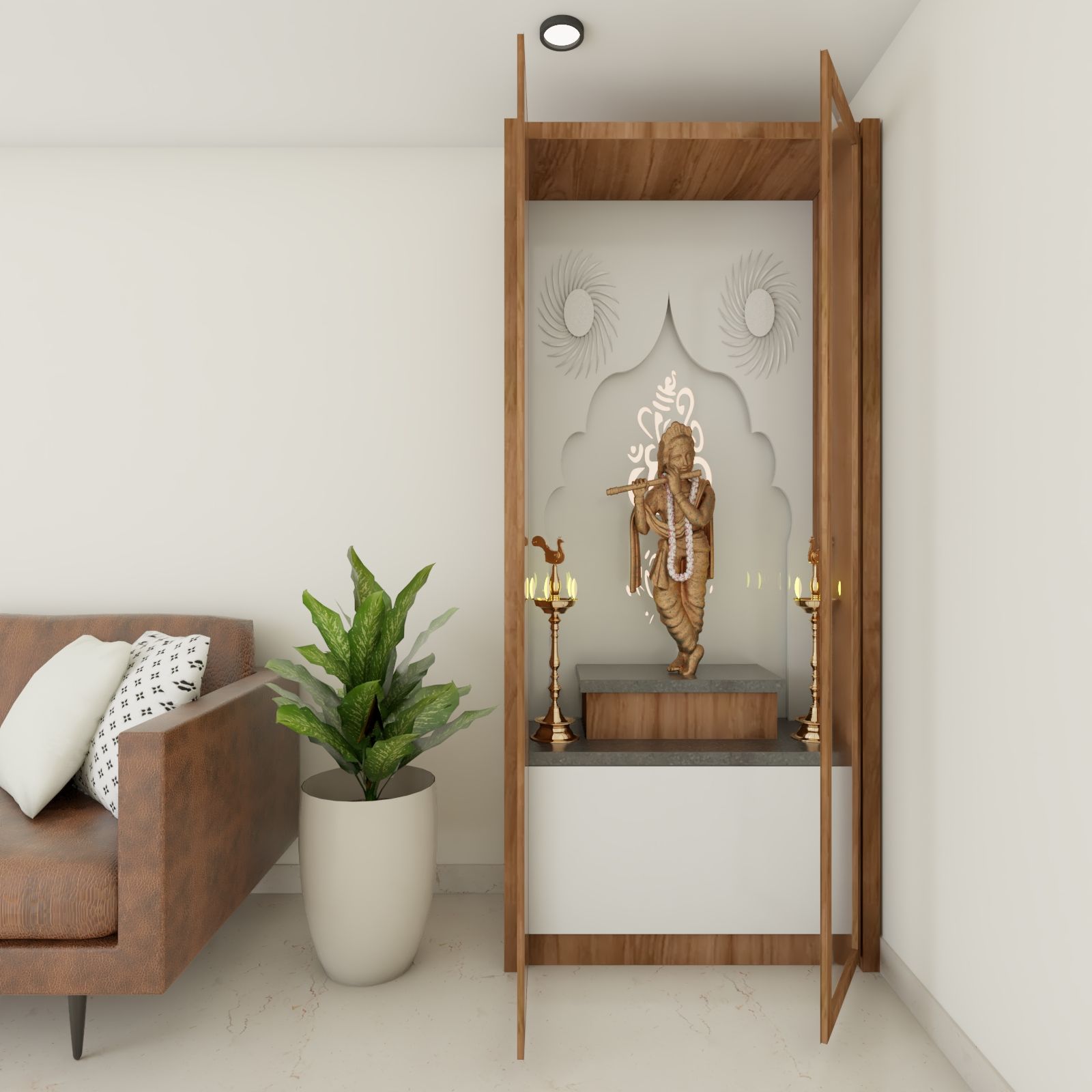



Furniture Fiesta Life & Culture
LIFE AND CULTURE SHOPPING TRENDS HOME TOURS DESIGN DECORATING
.jpg)
Are you in the market for a new bed but unsure whether to go for a king size or queen size? Understanding the differences between these bed sizes is crucial for making an informed decision. Let's delve into the dimensions and considerations.
Are you in the market for a new bed but stuck between choosing a king-sized or queen-sized one? Don't let this decision overwhelm you. Understanding the disparities between a king size bed and a queen size bed is crucial in making an informed choice. With a plethora of options available, it's easy to feel lost, but grasping the dissimilarities between these two bed sizes can simplify the decision-making process.
Begin by assessing your bedroom space. Will a king size bed fit comfortably? Will there be ample room to maneuver around it? Answering these questions is a step towards making the right decision. However, delving deeper into the nuances between a king size bed and a queen size bed is essential.
When shopping for a bed, the first thing to consider is the dimensions of both king and queen size beds. These measurements vary from country to country. For instance, in the United Kingdom, a king size bed measures approximately 59 inches by 79 inches or 150 centimeters by 200 centimeters, while in Malaysia and Singapore, it may be around 72 inches by 75 inches or 183 centimeters by 191 centimeters. Thanks to global trade, bed sizes are becoming more standardized across different markets.
In India, a typical king size bed measures about 72 inches by 85 inches or 183 centimeters by 216 centimeters. In contrast, a queen size bed typically measures 60 inches by 78 inches or 152 centimeters by 198 centimeters. Additionally, single and double bed sizes are smaller, with a double bed measuring around 48 inches by 78 inches or 122 centimeters by 198 centimeters, and a single bed measuring approximately 36 inches by 78 inches or 91 centimeters by 198 centimeters. Checking these dimensions before purchase is crucial.
| Bed Type | Dimensions (Inches) | Dimensions (Centimeters) |
|---|---|---|
| King Size Bed | 72 x 85 | 183 x 216 |
| Queen Size Bed | 60 x 78 | 152 x 198 |
| Single | 36 x 78 | 91 x 198 |
| Double | 48 x 78 | 122 x 198 |
Consider opting for a king size bed if your bedroom measures at least 10 feet by 14 feet. This size ensures there's enough space to move around comfortably after placing the bed. It's an excellent choice for small families, offering ample room for parents and a baby to sleep soundly.
Opt for a queen size bed if your bedroom measures no more than 10 feet by 12 feet. This compact size is perfect for smaller rooms, providing enough space for movement while accommodating couples or individuals comfortably.
Before replacing your old bed, weigh the pros and cons of both king and queen size options. Consider factors such as size, storage space, comfort, and legroom to make an informed decision.
| Attributes | King Size Bed | Queen Size Bed |
|---|---|---|
| Size | More Spacious | Less Spacious |
| Storage Space | More Storage Space | Less Storage Space |
| Comfort | Comfortable for a Small Family | Comfortable for A Couple and Individuals |
| Convenience | Perfect for Plus-size people | Perfect for Regular-Size people |
| Leg Room | More Leg Room | Less Leg Room |
| Attributes | King Size Bed | Queen Size Bed |
|---|---|---|
| Room Size | Unsuitable for small rooms | Lesser space for mattress |
| Moving Around | Less Space to Move Around Comfortably | Sufficient space to move around |
Several factors should influence your bed size decision, including bedroom size, the number of users, users' size, and storage needs. Assessing these factors will guide you towards selecting the ideal bed for your space and requirements.
When selecting a bed size, the dimensions of your bedroom are paramount. It's essential to ensure adequate space around the bed for ease of movement. Ideally, leave at least two feet of space on three sides of the bed. Consider the placement of other furniture such as dressers and nightstands to maintain a spacious feel in the room. Opting for a king size bed can be advantageous if you require ample space for both the bed and additional furniture pieces.
The number of people who will be using the bed is another crucial factor to consider. For couples, a queen size bed may suffice, but for small families or those with infants, a king size bed offers greater comfort and space. Additionally, individuals who prefer more space while sleeping or tend to move around during the night may find a king size bed more suitable.
For plus-size couples, investing in a king size bed is recommended to ensure sufficient space and comfort for a restful sleep. Consider the height of the users as well when selecting the appropriate bed size to accommodate everyone comfortably.
In smaller living spaces, maximizing storage is often a priority. Many beds come with built-in storage solutions, making them ideal for storing belongings and optimizing space in the bedroom. Explore options such as storage beds to meet your storage needs without compromising on comfort or style.
After carefully considering these factors, don't forget to purchase a suitable mattress of the same size once you've chosen your bed. Armed with a clear understanding of the differences between king size and queen size beds, you can confidently select the perfect bed for your bedroom.